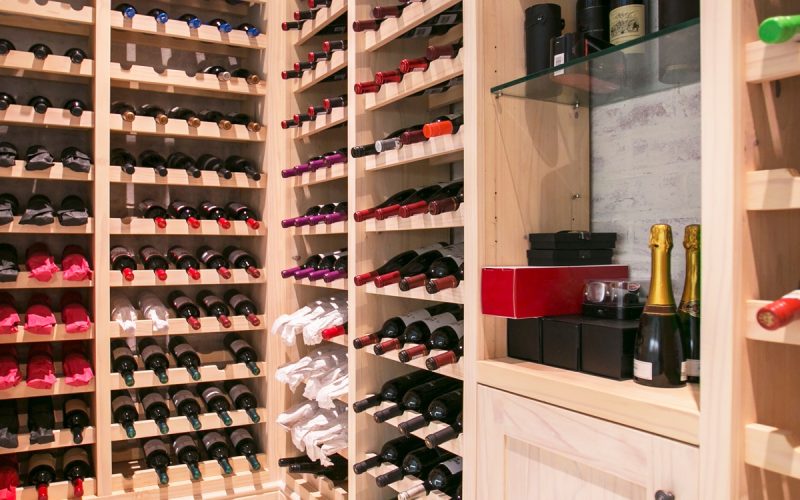Wine cellars have become a sought-after feature for homeowners and wine enthusiasts alike. They’re a practical way to store your collection and a statement of elegance and sophistication.
If you’re considering adding a wine cellar to your home, there are key factors to address to make sure it’s functional and preserves your wine properly. Here’s what you need to know before getting started.
Determine the Right Space for Your Wine Cellar
Before you begin designing your wine cellar, assess your available space. Decide whether your cellar will be a standalone feature, such as a separate room in the basement, or a smaller, integrated space within an existing area.
Basements are often preferred because they naturally have cooler and more stable temperatures, which reduce energy demands on climate control systems. However, even small spaces like closets or under-stair storage can be effectively transformed into wine cellars with careful planning. The key is to align the size and layout of the cellar with your wine collection’s current size and potential growth.
Maintain Proper Temperature and Humidity Levels
Temperature and humidity play a pivotal role in preserving wine quality. Ideal storage conditions typically involve a temperature between 55 and 58 degrees Fahrenheit with humidity levels around 60 to 70 percent. Without consistent control of these factors, wine can deteriorate quickly, losing its flavor, aroma, and value.
Mini splits are great at protecting your wine collection since they specialize in maintaining stable temperatures without large fluctuations. They also ensure that humidity levels are stable, which prevents corks from drying out or becoming too damp. Incorporating a reliable climate control system is a necessity for any wine cellar.
Invest in Insulation and Proper Sealing
An efficient wine cellar requires more than just temperature control. Insulation and sealing go hand-in-hand with climate management. Insulated walls and doors minimize energy loss and stabilize the cellar’s internal environment.
Additionally, high-quality seals are essential for keeping outside air from disrupting the conditions within the cellar. Without proper insulation, even the best climate control system will struggle to maintain the ideal environment, leading to potential risks for your wine collection.
Don’t overlook the importance of using materials like polyurethane foam or rigid foam boards to achieve effective insulation.
Plan Racking and Storage Solutions
Racking is where functionality and aesthetics meet in a wine cellar. Choosing the right racking system depends largely on your collection size and the types of wine you store.
Modular racks allow for flexibility and are adjustable as your collection grows, while custom racks bring sophistication and a tailored fit to your cellar’s design. Vertical racks and diamond bins are particularly useful for maximizing limited space while ensuring bottles remain horizontal to keep the corks moist.
Adding a wine cellar is a rewarding project that can elevate your home and preserve your wine collection. By planning carefully and considering factors, such as space, climate control, and storage solutions, you will create a functional and stunning addition to your home. Your wine deserves nothing less.

